Home>Gardening & Outdoor>Outdoor Recreation & Activities>When Was Mini Golf Invented


Outdoor Recreation & Activities
When Was Mini Golf Invented
Modified: February 18, 2024
Discover the history of mini golf and its origins in outdoor recreation and activities. Learn about the invention and evolution of this popular leisure sport.
(Many of the links in this article redirect to a specific reviewed product. Your purchase of these products through affiliate links helps to generate commission for Storables.com, at no extra cost. Learn more)
**
Introduction
**
Welcome to the fascinating world of mini golf! Also known as putt-putt, mini golf is a beloved pastime that has been entertaining people of all ages for generations. In this article, we’ll take a journey through time to explore the origins, evolution, and enduring popularity of this delightful recreational activity.
Mini golf offers a unique blend of skill, fun, and friendly competition, making it a favorite choice for family outings, dates, and leisurely get-togethers. As we delve into the history of mini golf, we’ll uncover how this entertaining game has captured the hearts of millions around the world.
**
Key Takeaways:
- Mini golf, also known as putt-putt, has a rich history dating back to the late 19th century in Scotland, and has since evolved into a beloved pastime with immersive and entertaining courses.
- The enduring popularity of mini golf is a testament to its timeless appeal, captivating players of all ages with its blend of skill, creativity, and lighthearted fun.
Read more: When Does Mini Golf Close
Early Origins of Mini Golf
**
The roots of mini golf can be traced back to the late 19th century. The concept of miniature golf courses emerged in Scotland, where the game was initially known as “garden golf” or “pitch and putt.” These early incarnations featured simple putting courses set amidst scenic landscapes, providing a leisurely and enjoyable experience for players of all ages.
One of the earliest documented mini golf courses was the Ladies’ Putting Club of St. Andrews, established in 1867. This pioneering course, designed specifically for women, offered a series of putting greens set within the picturesque surroundings of St. Andrews, Scotland. The popularity of this innovative concept quickly spread, leading to the creation of similar mini golf facilities across the United Kingdom and beyond.
As the 20th century dawned, mini golf gained traction in the United States, capturing the imagination of the public with its charming and accessible appeal. In 1916, James Barber, a North Carolina hotelier, introduced the Thistle Dhu mini golf course at his resort, marking the first known mini golf course in the United States. This pivotal development ignited a mini golf craze, prompting entrepreneurs to create their own whimsical and inventive courses in various locations across the country.
Mini golf’s accessibility and compact design made it a hit among urban dwellers and vacationers, providing a welcome escape from the hustle and bustle of city life. The miniature obstacles, such as windmills, water features, and creative landscaping, added an element of whimsy and challenge, captivating players and spectators alike.
**
Mini Golf’s Popularity
**
Mini golf’s popularity soared throughout the 20th century, becoming a cherished pastime for families, friends, and couples seeking lighthearted entertainment. The accessibility of mini golf courses, often located in scenic or urban settings, made them a go-to destination for leisure and recreation.
As the game gained momentum, it became a staple of American popular culture, featuring prominently in movies, television shows, and literature. Its whimsical and colorful courses, often adorned with quirky obstacles and themed décor, contributed to its allure, drawing players of all ages into a world of imaginative putting challenges.
Mini golf’s universal appeal transcended geographical boundaries, captivating enthusiasts across the globe. From bustling urban centers to tranquil resort towns, mini golf courses provided a delightful escape, offering a blend of skill, luck, and camaraderie in a compact and visually captivating setting.
Furthermore, mini golf’s inclusive nature made it an ideal activity for people of all skill levels and physical abilities. Whether enjoyed casually or pursued with competitive zeal, mini golf offered a platform for friendly rivalry and shared enjoyment, fostering a sense of community and togetherness among participants.
As the game continued to evolve, it adapted to contemporary tastes and preferences, incorporating modern design elements, interactive features, and innovative technology to enhance the player experience. The enduring popularity of mini golf is a testament to its timeless appeal and its ability to bring joy and amusement to players of every generation.
**
Mini golf was invented in 1867 in St. Andrews, Scotland as a way for women to play golf. It was originally called “The Himalayas” and had 11 holes.
Evolution of Mini Golf Courses
**
Over the decades, mini golf courses have undergone a remarkable evolution, transforming from simple putting greens into elaborate and immersive recreational environments. The evolution of mini golf courses reflects a blend of creativity, innovation, and a deep understanding of what captivates and engages players.
Early mini golf courses featured modest yet charming designs, often incorporating natural elements such as rocks, shrubbery, and small water features to create an inviting and scenic backdrop for play. As the popularity of mini golf surged, course designers began to introduce whimsical and interactive obstacles, such as windmills, tunnels, and loop-de-loops, adding an element of excitement and challenge to the game.
In the mid-20th century, themed mini golf courses emerged as a prominent trend, with elaborate and fantastical settings transporting players into imaginative worlds. From pirate ships and ancient ruins to outer space and tropical paradises, these themed courses offered a multisensory experience, immersing players in captivating narratives and visually stunning landscapes.
As technology advanced, mini golf courses embraced interactive elements, such as sound effects, lighting features, and animatronics, to elevate the player experience. These enhancements added an extra layer of entertainment, captivating players with dynamic and engaging elements that brought the courses to life.
Today, modern mini golf courses continue to push the boundaries of creativity and innovation, incorporating state-of-the-art design elements, augmented reality experiences, and dynamic challenges that appeal to contemporary audiences. The integration of technology, such as digital scorekeeping and interactive gaming elements, has further enriched the mini golf experience, offering players a blend of traditional putting skill and modern entertainment.
Moreover, the sustainability and eco-friendliness of mini golf courses have become key considerations, with many venues incorporating green initiatives, native landscaping, and environmentally conscious design practices to minimize their ecological footprint.
As mini golf courses evolve to meet the changing preferences of players, they remain a beloved and enduring form of entertainment, captivating new generations with their imaginative designs, interactive features, and the timeless joy of a well-aimed putt.
**
Conclusion
**
Mini golf, with its rich history and enduring popularity, continues to enchant players of all ages with its blend of skill, creativity, and lighthearted fun. From its humble origins in Scotland to its widespread appeal across the globe, mini golf has left an indelible mark on recreational culture, offering a delightful escape into whimsical landscapes and imaginative challenges.
The evolution of mini golf courses reflects a deep understanding of what captivates and engages players, as designers have continually pushed the boundaries of creativity and innovation to create immersive and entertaining environments. Themed courses, interactive elements, and modern technology have elevated the mini golf experience, ensuring that it remains a cherished pastime for families, friends, and enthusiasts.
As we look to the future, the timeless allure of mini golf is poised to endure, captivating new generations and continuing to bring joy and camaraderie to players around the world. Whether it’s a leisurely round on a classic course or an adventure through a fantastical themed landscape, mini golf promises an experience that is as delightful as it is enduring.
So, the next time you step onto a mini golf course, take a moment to appreciate the rich history and boundless creativity that have shaped this beloved recreational activity. With each putt and each smile it inspires, mini golf reaffirms its place as a timeless source of entertainment and enjoyment for all who seek a touch of whimsy and camaraderie.
Frequently Asked Questions about When Was Mini Golf Invented
Was this page helpful?
At Storables.com, we guarantee accurate and reliable information. Our content, validated by Expert Board Contributors, is crafted following stringent Editorial Policies. We're committed to providing you with well-researched, expert-backed insights for all your informational needs.
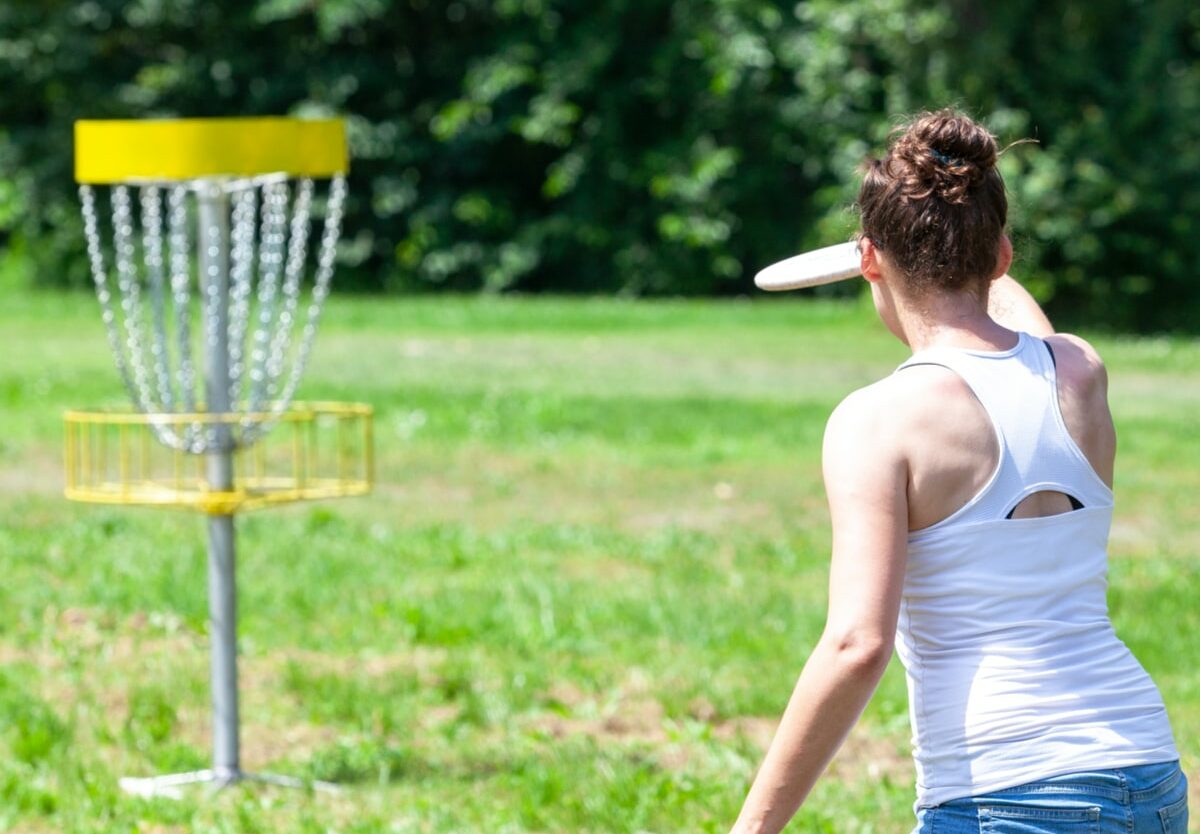

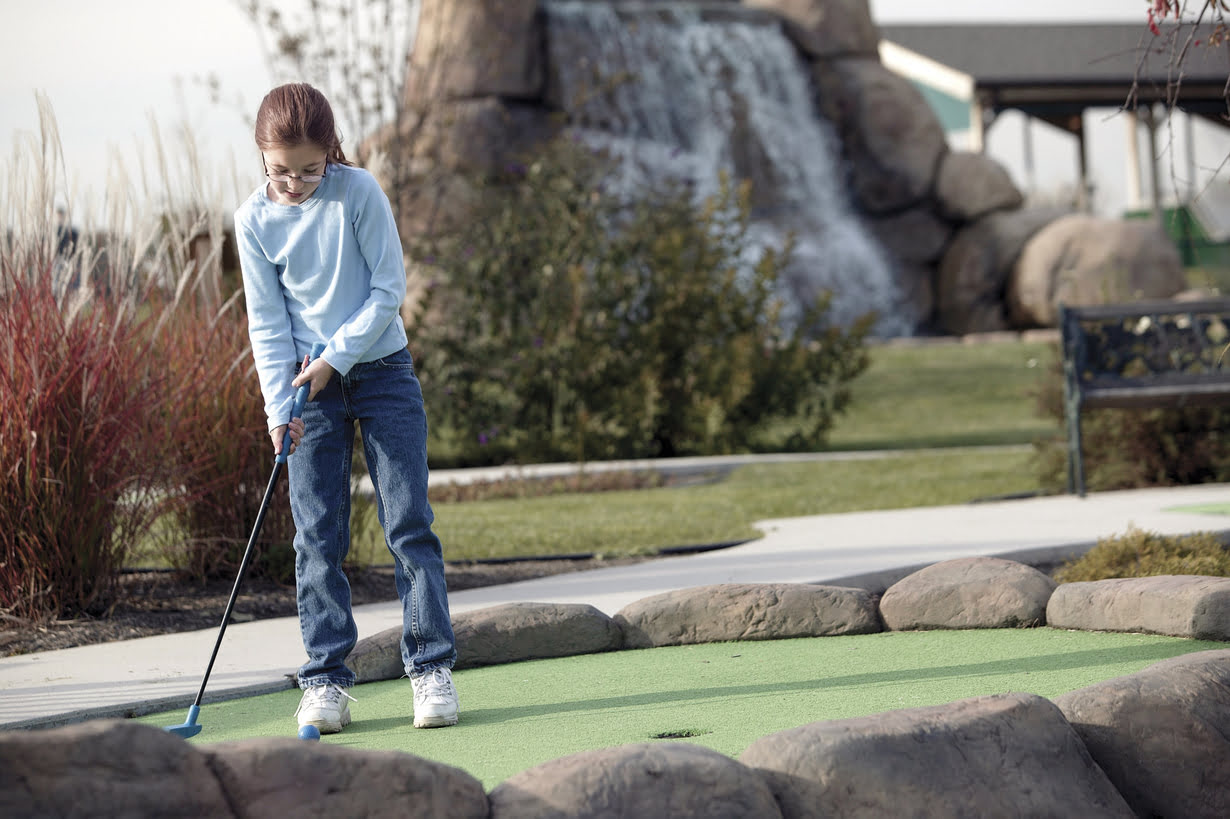





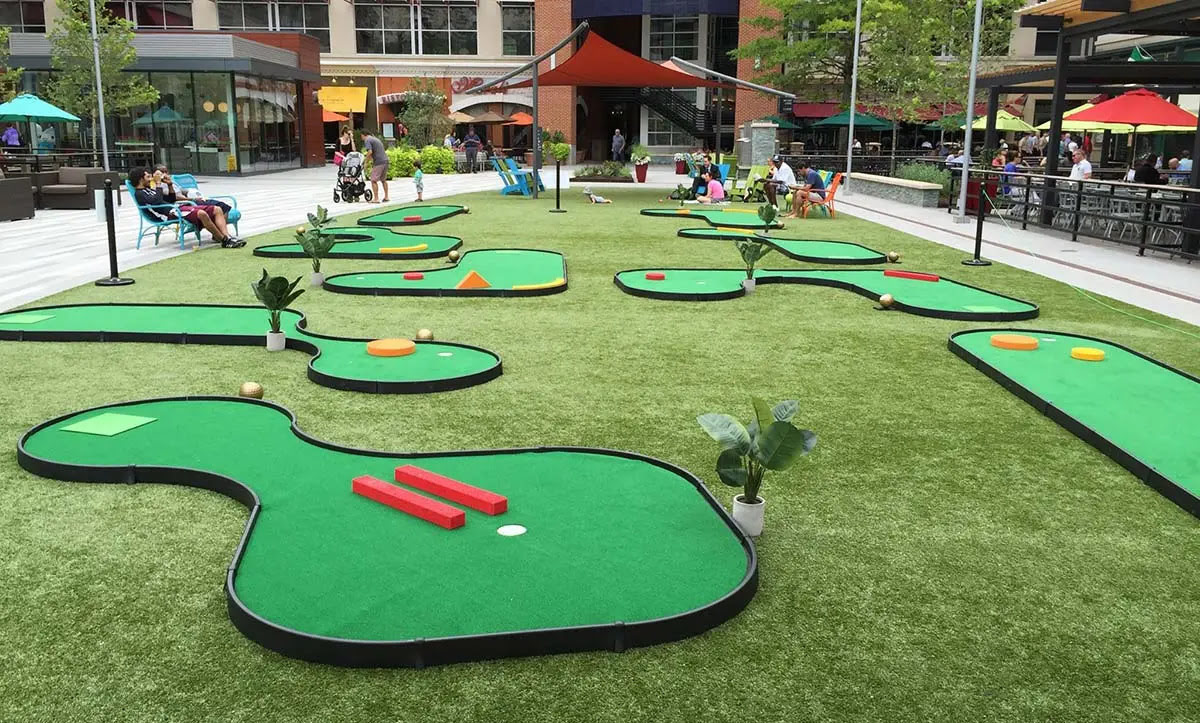

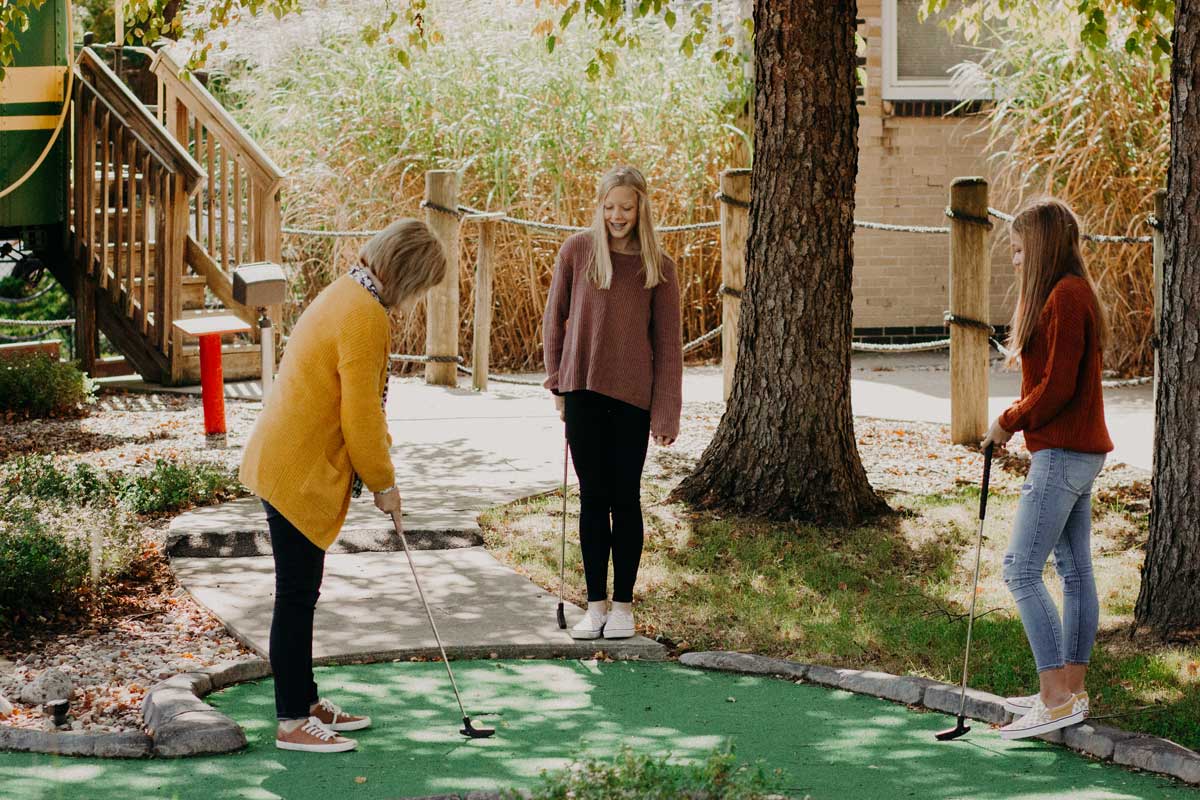
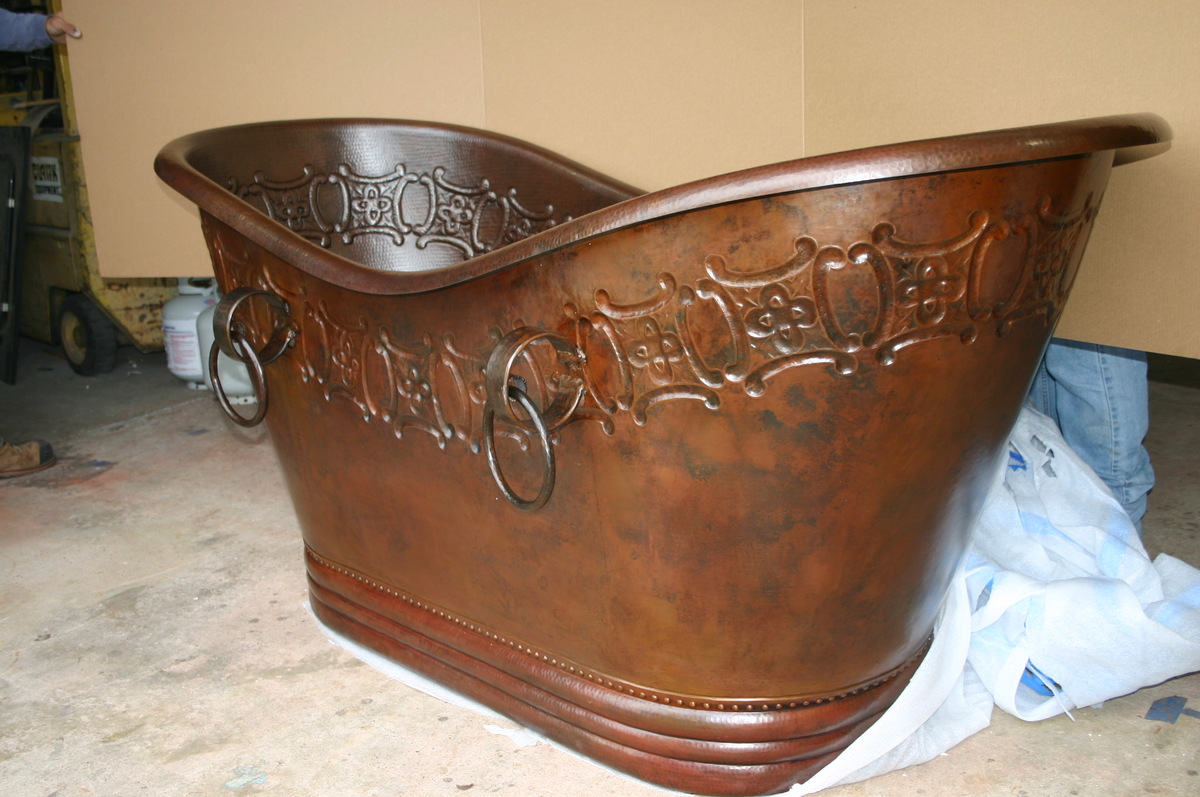




0 thoughts on “When Was Mini Golf Invented”